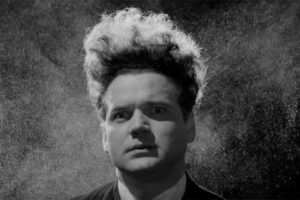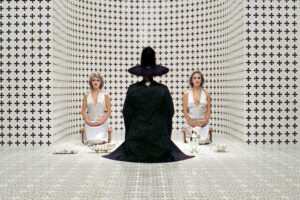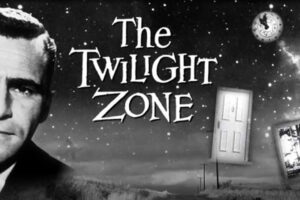
In the annals of television history, few shows have managed to captivate, confuse, and completely bewilder audiences quite like “Twin Peaks.”
Created by the enigmatic auteur David Lynch and television veteran Mark Frost, “Twin Peaks” was a surreal blend of soap opera, murder mystery, and supernatural horror.
Despite its unconventional narrative and bizarre elements, it found a home on network television, specifically ABC, in the early 1990s. So, how did such an eccentric show manage to land a spot on mainstream television? The answer lies in a combination of creative vision, network risk-taking, and a television landscape ripe for innovation.
The Changing Landscape of Television
The 1980s marked a significant shift in the television landscape. The dominance of network television was challenged by the rise of pay cable, basic cable, VCRs, and independent stations. This led to a significant drop in network viewership. In 1979, 91 percent of TV viewers during prime-time were tuned to a network. By 1989, the number had dropped to 67 percent. This shift in viewership dynamics forced networks to rethink their programming strategies and consider more innovative and adventurous content, paving the way for a show as unconventional as “Twin Peaks.”
The Need for Innovation
The networks were in a precarious position. They were losing viewers to cable TV, which was perceived to offer better entertainment programs, greater program variety, and better-quality programs overall. The networks’ response to these changes was largely unsuccessful, with a lineup of new series that failed to yield a single big hit. This failure underscored the need for innovation and risk-taking in programming.
The Visionaries: David Lynch and Mark Frost

The first piece of the puzzle is the creative team behind “Twin Peaks.” David Lynch, known for his surreal and often disturbing films like “Eraserhead” and “Blue Velvet,” was not an obvious choice for network television. However, his partnership with Mark Frost, a television veteran who had worked on shows like “Hill Street Blues,” created a unique balance between Lynch’s avant-garde sensibilities and Frost’s understanding of television storytelling.
The initial pitch for “Twin Peaks” was a gamble. Lynch and Frost presented the idea of a murder mystery that would not necessarily be solved, focusing more on the town’s quirky inhabitants and the strange occurrences within. ABC, looking to differentiate itself and take risks in a competitive market, decided to greenlight a pilot. The two-hour pilot episode, directed by Lynch, was a cinematic tour de force that set the tone for the series. It was weird, beautiful, horrifying, and unlike anything else on television.
ABC’s Gamble on Twin Peaks
ABC’s decision to air “Twin Peaks” was more than just an attempt to replace old content with something new and shocking. It represented a significant shift in network television programming, signaling a willingness to venture into the unknown. This gamble was a response to the changing television landscape and the need to attract a disaffected audience.
In conclusion, the journey of “Twin Peaks” to network television was a result of a unique confluence of factors: a changing television landscape, the need for innovation in programming, and the creative vision of its creators. Despite its unconventional narrative and bizarre elements, “Twin Peaks” managed to find a home on network television, forever changing the expectations of what mainstream television could be.
The Lasting Impact of the Show
Despite its initial high ratings and cultural buzz, “Twin Peaks” struggled to maintain its audience. Its narrative complexity and refusal to provide easy answers frustrated some viewers. However, the show’s influence was undeniable. It pushed the boundaries of what was possible on television, paving the way for the golden age of TV drama we’re experiencing today.
“Twin Peaks” broke away from the traditional mold of episodic television, which typically followed a reliable structure with each episode. Instead, it focused on the bigger picture, slowly revealing secrets and clues over the course of the series. This kind of storytelling, with narratives paced deliberately, unusually structured, and sometimes revealed out of chronological order, was a departure from the norm and has influenced shows like “Lost,” “The Sopranos,” and “Breaking Bad."
In conclusion, “Twin Peaks” was a product of creative vision, network bravery, and a changing television landscape. Its journey to network television was unlikely, but it forever changed the medium, proving that television could be as weird, wonderful, and artistically ambitious as cinema.










Leave a Reply